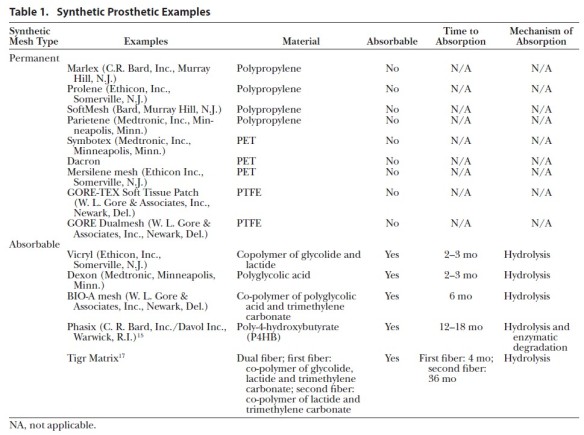One discussion this week included thrombolysis for submassive PE.
References: Howard LS. Thrombolytic therapy for submassive pulmonary embolus? PRO viewpoint. Thorax. 2014 Feb;69(2):103-105.
Simpson AJ. Thrombolysis for acute submassive pulmonary embolism: CON viewpoint. Thorax. 2014 Feb;69(2):105-107.
Summary: The normotensive patient with confirmed pulmonary embolism (PE) and right ventricular (RV) dilatation presents a significant dilemma to clinicians. On one hand, a string of publications have demonstrated that RV dysfunction is associated with adverse outcomes in patients with PE; on the other, thrombolysis carries a significant risk of bleeding. The real problem of course (and part of the reason for having this important debate) is that we have no reliable and accurate tools to pinpoint the important minority of patients with submassive PE who genuinely might benefit from thrombolysis or perhaps from surgical embolectomy
PRO: In proposing the argument that submassive PE should be treated with thrombolysis, we must first accept that direct mortality due to the PE itself, not confounding conditions, remains unacceptably high with anticoagulation alone. A more aggressive strategy is required. As long as the benefits of thrombolysis outweigh the risks, then thrombolysis offers the best currently available approach. When this is coupled with the further benefits of likely reduction in CTEPH, the case becomes even stronger.
Outcomes in patients with true submassive PE remain unacceptably high and thrombolysis has been shown to improve surrogate outcomes for mortality as well as long-term complications. The risks from thrombolysis are low, and when reduced doses are used, evidence so far suggests no decrease in benefit, but a further reduction in bleeding.
CON: The emerging picture is that, at the point of presentation, patients with submassive PE are highly likely to survive if treated with heparin alone and that the associated RV dilatation is likely to resolve spontaneously in the significant majority. The nagging doubt, of course, surrounds the small proportion of patients who will have persistent RV dysfunction, particularly as this group seems vulnerable to recurrent venous thromboembolism (VTE).
However attractive it may be theoretically, we have no strong evidence to inform whether early thrombolysis can reduce VTE recurrence—we know that longer-term anticoagulation does. Similarly, we have no evidence that early thrombolysis reduces the risk of CTEPH, yet modern treatments significantly improve outcomes for this important
complication. So, instead of early thrombolysis, why not repeat echocardiography at 3 months, prolong anticoagulation in those with persistent RV impairment and assess carefully for evidence of CTEPH in the ensuing period?
Please see the full text of these editorials (linked above in references) for the full argument and citations.




